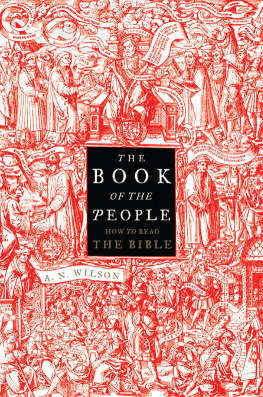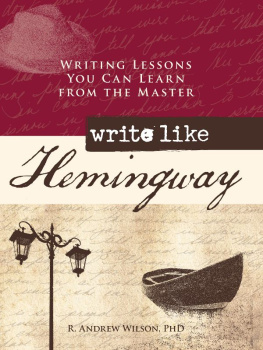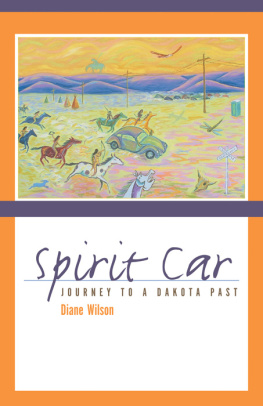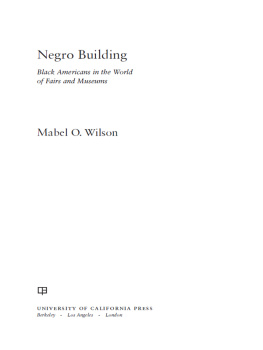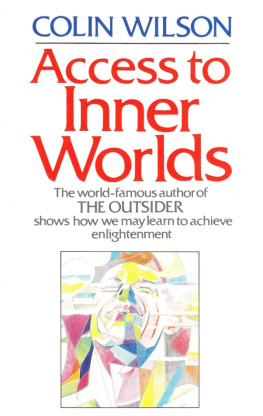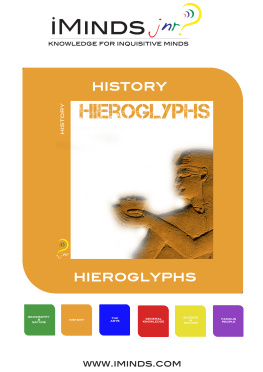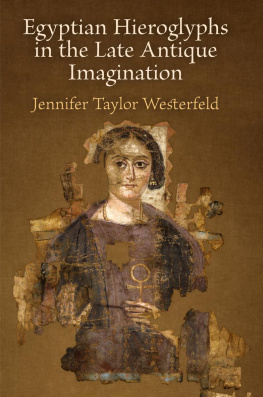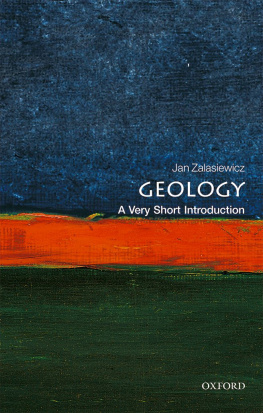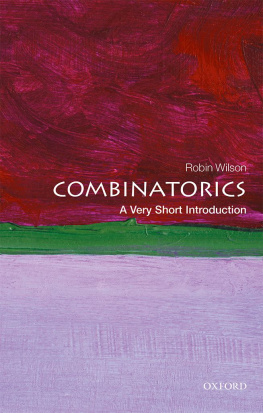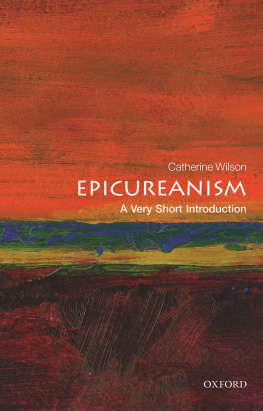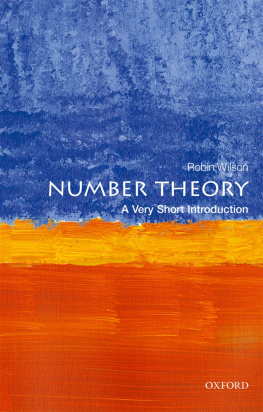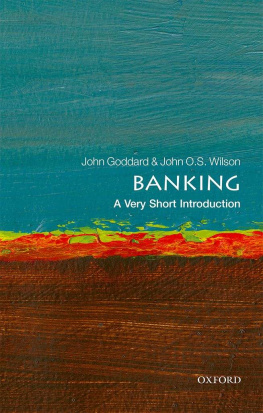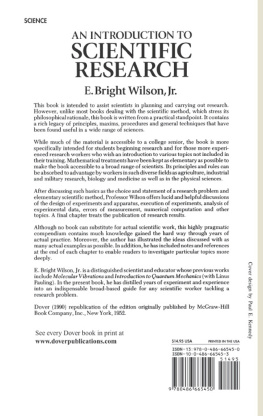Wilson - Hieroglyphs: a very short introduction
Here you can read online Wilson - Hieroglyphs: a very short introduction full text of the book (entire story) in english for free. Download pdf and epub, get meaning, cover and reviews about this ebook. City: UK;New York;Ägypten (Altertum, year: 2004;2011, publisher: Oxford University Press, genre: Home and family. Description of the work, (preface) as well as reviews are available. Best literature library LitArk.com created for fans of good reading and offers a wide selection of genres:
Romance novel
Science fiction
Adventure
Detective
Science
History
Home and family
Prose
Art
Politics
Computer
Non-fiction
Religion
Business
Children
Humor
Choose a favorite category and find really read worthwhile books. Enjoy immersion in the world of imagination, feel the emotions of the characters or learn something new for yourself, make an fascinating discovery.

- Book:Hieroglyphs: a very short introduction
- Author:
- Publisher:Oxford University Press
- Genre:
- Year:2004;2011
- City:UK;New York;Ägypten (Altertum
- Rating:3 / 5
- Favourites:Add to favourites
- Your mark:
- 60
- 1
- 2
- 3
- 4
- 5
Hieroglyphs: a very short introduction: summary, description and annotation
We offer to read an annotation, description, summary or preface (depends on what the author of the book "Hieroglyphs: a very short introduction" wrote himself). If you haven't found the necessary information about the book — write in the comments, we will try to find it.
Wilson: author's other books
Who wrote Hieroglyphs: a very short introduction? Find out the surname, the name of the author of the book and a list of all author's works by series.
Hieroglyphs: a very short introduction — read online for free the complete book (whole text) full work
Below is the text of the book, divided by pages. System saving the place of the last page read, allows you to conveniently read the book "Hieroglyphs: a very short introduction" online for free, without having to search again every time where you left off. Put a bookmark, and you can go to the page where you finished reading at any time.
Font size:
Interval:
Bookmark:
I would like to thank George Miller at OUP for first approaching me to write this book and Emily Jolliffe for helping me through the process. I was lucky enough to be taught by Professor Peter Shore and some of the discussions here stem directly from him, though some years ago now. I was especially glad to track down the Nekau II scarab discussed in as I remembered it as a Christmas homework exercise from my first year at university. It has taken until now for me to realize how interesting it was. I would like to thank Roger Dickinson, Wendy Kinder, Karen Exell, Don Wilson, and anonymous readers for reading the text and improving its readability in numerous ways.
The book is a somewhat personal account based on material I have read or studied. Any omissions are a result of my own limitations and the opinions and any errors in it are my own.
This book is For Roger r n t
The origins of writing in Egypt
The civilization of Ancient Egypt existed between around 3500 BC and 30 BC. It occupied the area of the valley and delta of the River Nile northward from its First Cataract in the north-east corner of Africa. With desert to the west, east, and south and sea to the north and further east, the Nile Valley delineated the Egyptian state. It was also incredibly rich in all kinds of resources including abundant fish, birds, wild and domesticated animals, many varieties of stone in the desert quarries, and metals, especially gold, in the eastern wastelands. Most importantly there was a flood which revitalized the agricultural lands every year with fresh mud.
The people of Egypt have left behind monuments and objects, many of them covered in the writing now known as Egyptian hieroglyphs. They used this pictorial sign system to write down their language and record aspects of their culture. The information from the writing tells us something about how the Egyptians governed their land and people, about their beliefs, and about their hopes and dreams. Though we can read hieroglyphs this does not mean that we know everything there is to know about Ancient Egypt, partly because the writings have survived accidentally and so are a fraction of the original corpus and partly because the writings only preserve those things the Egyptians themselves thought were important.
This means we have to tread a very careful path in interpreting and attempting to understand the writings, for our sources are biased by chance and by design. They do, however, give us a point of contact with the minds of the Ancient Egyptians.
Ancient Egyptian is classed by linguists as an Afro-Asiatic language. This means that it is related to North African languages such as Berber and Cushitic, and to Asiatic (or Semitic) languages such as Arabic and Hebrew. Modern Egyptians speak Egyptian Arabic, not Ancient Egyptian, which is now a dead language. The ancient language was a mixture of words connected by a grammatical system spoken by people in the north of Africa and the Near East.
The earliest people who lived in the Nile Valley may have originated in different places, each bringing with them different aspects of language and vocabulary. One such area was the savannah-like region on the edges of the Sahara bordering Egypt on the west. The people living here around 5000 BC were hunter-gatherers and cattle herders who depended on the food they gathered and their animals for their existence. They would have needed to remember good grazing areas, water holes and routes across the waste margins. Such memories would be passed down orally and possibly also in pictures.
Rock pictures left behind by these early hunters are found in the Western Desert in the areas of the Gilf Kebir, Uweinat, and around the Kharga Oasis.two ideas of communication and visualizing images are the central concepts in understanding writing and Egyptian hieroglyphs.
The earliest rock-art images show the things which were most important to those who drew them. They show different groups of people with different lifestyles. At Uweinat the cattle breeders drew mostly cattle and showed themselves leaping over them and herding them with their crooked staffs. They also hunted ostriches with their bows and arrows. In the Kharga Oasis area were men with head-dresses, hunting animals, including antelopes, giraffes, and wild bulls. The people of the more mountainous areas in the east hunted rhinoceros, elephant, and ostrich. The images were either picked out of the rocky outcrops in the desert with stone picks or were painted in red or yellow ochre, black charcoal, or gypsum. The animals no longer exist in these parts of the world because it is now too dry, but clearly at this time, around the end of the fifth millennium BC, they were important to the hunters. It is possible that the hunters drew the images either before the hunt as a wish for what they would catch or after the hunt to record what they had captured. Some of the scenes may have been accompanied by oral stories and acted as illustrations for the hunter as he regaled his companions with his exploits. In such cases the pictures act as cartoon images representing frozen actions, but they also show the cognitive link between pictures, words, and sounds.
Clearly people were drawing pictures of things important to them at this time, but they may have written on other things now lost to us, such as animal hides, shells, plant leaves or bark, and even themselves. They could have covered their bodies with painted designs, tattoos, and perhaps also pictures of important things, such as the ostrich they wanted to catch the next day, or the bull whose qualities they wanted to acquire. These images and pictures enable the process of sympathetic magic to work and this is another key concept in the use of writing in Ancient Egypt.
As the savannah areas dried up through climate change, the raging torrent of the River Nile became calmer, allowing people to move into the Nile Valley and delta and begin to live off its fish and water birds and to cultivate the muddy fields of its flood-plain. Rock drawings of boats may relate to the first contacts between the hunters of the savannah and the riverine and marsh people of the Nile Valley. In old water courses called wadis in the Eastern Desert of Egypt, there are also many rock drawings of which the earliest also relate to the boat people.
The boats vary in shape some have flat bottoms and right-angled keels while others have rounded bottoms. The boats usually contain people and oarsmen, although sometimes they contain standards and animals which may relate to early gods or chiefs in the Nile Valley. The first Predynastic cultures in Egypt and in particular Naqada II culture in Upper Egypt (around 35003300 BC) also All of the boat images may relate one story or they may tell a thousand different tales. It is impossible for us to know because we have lost the oral narrative, but something is being communicated here and its culmination is in Tomb 100 at Nekhen (Hierakonpolis).

1. Rock pictures including animals and a boat with deities or heroes. From site 26, Wadi Abu Wasil, Eastern Desert.
Tomb 100 was the tomb of the chief of Nekhen, one of the early states of the Egyptian Kingdoms. The tomb consisted of a number of small chambers made of mud brick and was partly sunk into the desert surface. When it was discovered in 1896 it had been robbed out completely, but the paintings on its walls, though damaged, told a remarkable story. There were scenes showing a series of boats of all kinds with dancing women, desert landscapes, animals, animal hunters, the capture and slaying of human prisoners, and also the
Font size:
Interval:
Bookmark:
Similar books «Hieroglyphs: a very short introduction»
Look at similar books to Hieroglyphs: a very short introduction. We have selected literature similar in name and meaning in the hope of providing readers with more options to find new, interesting, not yet read works.
Discussion, reviews of the book Hieroglyphs: a very short introduction and just readers' own opinions. Leave your comments, write what you think about the work, its meaning or the main characters. Specify what exactly you liked and what you didn't like, and why you think so.

